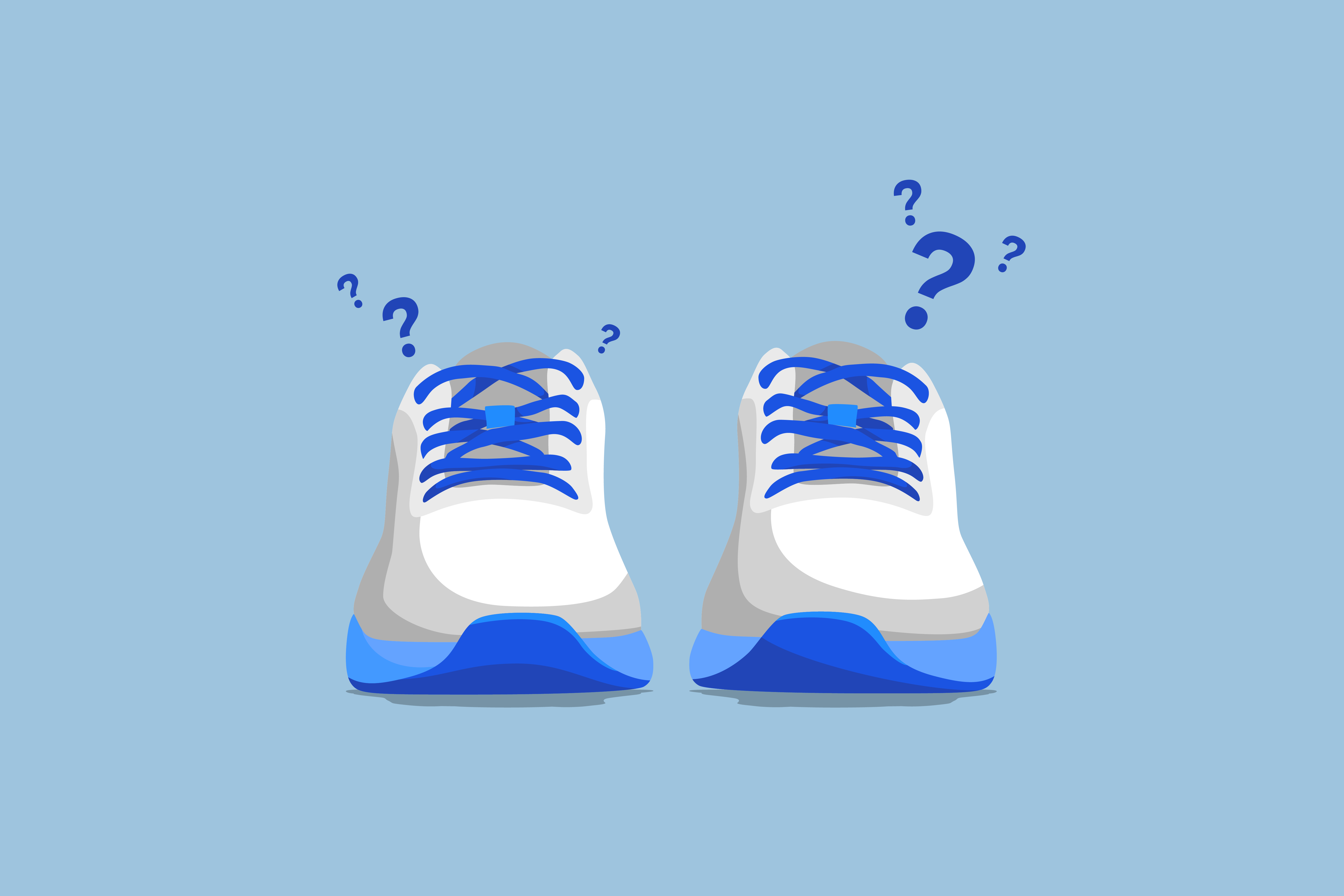Key Takeaways
- Night lights provide comfort: For children afraid of the dark, a dim night light can offer a sense of security, aiding relaxation and potentially improving sleep quality.
- Potential sleep disruptions: While night lights can provide comfort, even dim light can disrupt the body’s natural sleep rhythm by suppressing melatonin production, which may affect sleep quality over time.
- Consider alternatives and safety: Parents should consider alternatives to night lights and prioritize safety when choosing one. Special stuffed animals, consistent bedtime routines, and minimizing exposure to bright screens can offer comfort and promote healthy sleep habits.
Many children find comfort in sleeping with a night light. However, parents often wonder if this is beneficial or harmful to their child’s sleep and health. Night lights can provide a sense of security for children who are afraid of the dark, but they can also disrupt the body’s natural sleep cycle.
We’ll explore the potential effects of night lights on children and discuss when they may or may not be appropriate. We’ll also look at some alternatives to night lights and provide tips for creating a sleep-friendly environment for your child.
Do Night Lights Help Children Sleep?
Some children feel scared of the dark and may have an easier time falling asleep with a night light. A small, dim light can provide a sense of security and help them relax. However, it’s important to note that even a small amount of light can disrupt the body’s natural sleep rhythm.
Darkness is essential for the production of melatonin, the hormone that regulates sleep. When the eyes sense light, melatonin production decreases, which can make it harder to fall asleep and stay asleep. This is why a completely dark room is ideal for sleeping.
Impact of Night Lights on Babies’ Sleep Patterns
Babies and adults have different responses to light when it comes to sleep. While adults have an established circadian rhythm that promotes alertness during the day and sleepiness at night, infants take time to develop this internal clock.
In the early months, babies depend on hormones from breast milk to regulate their sleep-wake cycle. Gradually, exposure to natural sunlight helps them learn the difference between day and night. However, bright lights, screens, and night lights in the home can disrupt this learning process.
At around four months, babies start producing melatonin, a hormone that supports longer sleep periods at night. To encourage this development, it’s essential to create a dimly lit, low-stimulation environment and minimize exposure to blue light from screens.
Potential Health Concerns
Disrupting sleep, night lights may have other potential health effects. Some studies suggest that exposure to light at night could increase the risk of certain health problems over time.
One concern is the impact on eyesight. Constant exposure to even low levels of light during sleep may contribute Verified Source National Library of Medicine (NIH) World’s largest medical library, making biomedical data and information more accessible. View source to the development of nearsightedness in children. The connection between Verified Source National Library of Medicine (NIH) World’s largest medical library, making biomedical data and information more accessible. View source myopia and bedroom lighting as children sleep is still not well understood, however.
Artificial light at night has also been linked to morning eye fatigue, Verified Source National Library of Medicine (NIH) World’s largest medical library, making biomedical data and information more accessible. View source though the study noted they were limited by how they could measure eye fatigue. We should also note that the study was examining nighttime light pollution in general and not the effect of night lights specifically.
Nightlights may also increase the risk of obesity. A 2019 study Verified Source National Library of Medicine (NIH) World’s largest medical library, making biomedical data and information more accessible. View source of adult women asked if they slept with no light on, a nightlight, a small light outside of the room, or a light in the room such as an active TV.
The study found that sleeping with a small nightlight in the room was associated with a higher prevalence of obesity and central obesity compared to sleeping with no light, but the associations were not as strong as those seen for sleeping with a television or light on in the room.
There is also the potential Verified Source National Library of Medicine (NIH) World’s largest medical library, making biomedical data and information more accessible. View source for other factors influencing weight gain, plus the fact that the study examined grown women and not children.
Nighttime ambient lighting is not only linked to obesity in older adults, but also Verified Source National Library of Medicine (NIH) World’s largest medical library, making biomedical data and information more accessible. View source diabetes Verified Source National Library of Medicine (NIH) World’s largest medical library, making biomedical data and information more accessible. View source and high blood pressure. Verified Source National Library of Medicine (NIH) World’s largest medical library, making biomedical data and information more accessible. View source All of which are prime factors for heart disease.
When Night Lights May Be Appropriate
Despite these concerns, there are times when using a night light may be appropriate. Some children have a genuine fear of the dark that causes significant distress. In these cases, a dim night light can provide comfort and help the child feel secure enough to fall asleep.
Night lights can also be helpful for children who need to use the bathroom during the night. A small light can help them navigate safely without turning on bright overhead lights that could disrupt their sleep.
Such as guiding light can also be appropriate for older individuals, Verified Source National Library of Medicine (NIH) World’s largest medical library, making biomedical data and information more accessible. View source particularly seniors at risk of nighttime falls.
Choosing the Right Night Light
If you’ve decided that a night light could benefit your child or if you need one for safety reasons, it’s important to select the right type of night light. Here are some key factors to consider when making your choice.
Not Too Bright
Pick a night light with the lowest brightness you can find. A really bright light can mess with your child’s sleep schedule more and make bigger shadows in the room. Your child’s eyes will get used to a softer light, so a super bright one isn’t needed.
Warm Color
A reddish night light is the best pick. Red light bothers your child’s sleep schedule the least compared to colors like blue, green, or white. But remember, even red light can still have some effect on sleep.
Put It Far Away
Place the night light as far from your child’s bed as you can. This helps make sure the light doesn’t bother your child too much while still making them feel safe and letting them see if they need to.
Safety Considerations
Ensure the night light you choose is safe for use in a child’s room. It should not get too hot to the touch and it should comply with bedroom fire safety. And it should be shatterproof in case it falls.
If you opt for a battery-operated light, make sure the battery compartment is secure and cannot be easily opened by a child.
Timer or Motion Sensor
Some night lights come with a built-in timer or motion sensor. This can be useful for conserving energy and ensuring the light is only on when needed, minimizing sleep interruptions.
A timer can turn the light off after a set period, while a motion sensor will only activate the light when movement is detected.
Adjustable Brightness
Some night lights offer adjustable brightness settings. This can be useful for finding the right balance of light for your child’s comfort while minimizing sleep disruption.
Plug-In or Battery-Operated
Night lights are available as plug-in or battery-operated units. Plug-in lights are generally more reliable and you don’t have to worry about replacing batteries. However, battery-operated lights can be placed anywhere without the need for an outlet.
Design and Aesthetics
Children might appreciate a night light with a fun design, such as their favorite cartoon character or animal. This can make the night light more appealing and comforting.
However, be sure to prioritize the other factors, such as brightness and color, over aesthetics.
Alternatives to Night Lights
While night lights can be helpful for some children, they’re not the only option for creating a sense of comfort and security at bedtime. If you’re concerned about the potential sleep disruption caused by night lights, or if your child doesn’t seem to respond well to them, consider these alternatives.
Remember, each child is unique, and what works for one may not work for another. It’s okay to experiment with different approaches to find what helps your child feel most secure and sleep most soundly.
If your child’s sleep difficulties are severe or persistent, it’s always a good idea to discuss your concerns with your child’s pediatrician.
Comfort Objects
Many children find solace in a special stuffed animal, doll, or blanket. These “loveys” can provide a sense of familiarity and security, especially when the child is alone in their room.
Encourage your child to cuddle with their comfort object as part of their bedtime routine. Even adults can benefit from stuffed animals for comfort, too!
Masking Noise
Some children find the complete silence of a dark room unsettling. In these cases, a consistent background noise can mask sudden sounds that might startle or wake the child.
Conversely, you may need to block out noise in the bedroom for a child that’s prone to wakening up at the slightest of noises.
Relaxation Techniques
Teaching your child simple relaxation techniques can help them calm their body and mind before sleep. This could include deep breathing exercises, progressive muscle relaxation (where they systematically tense and then relax each muscle group), or visualizing a peaceful scene.
Older children may benefit from journaling before bed to get out their thoughts and worries.
Bedtime Stories and Conversations
Reading a calming bedtime story or having a quiet, positive chat before bed can help your child wind down and feel more secure. During your conversation, you might talk about the good things that happened during the day or the fun activities planned for tomorrow.
Avoid scary stories or discussing worrying topics close to bedtime.
Consistent Routine
Perhaps most importantly, a consistent bedtime routine can make a significant difference in helping your child feel safe and ready for sleep. Following the same sequence of events each night (for example: bath, pajamas, brushing teeth, story, lullaby, bed) provides a sense of predictability and security.
Over time, the routine itself will start to signal to your child’s body that it’s time to relax and sleep.
When to Seek Help
Most children’s fear of the dark is developmentally normal and will pass with time and gentle support.
However, if a child’s fear is severe and persists despite your efforts, it may be worth discussing with your pediatrician or a child therapist. They can help assess whether the fear is a sign of a more significant anxiety issue and suggest additional strategies for coping.
If your child’s fear of the dark is severe and persists despite your efforts to provide comfort and support, it may be worth seeking professional help. Signs that a child’s fear is more serious include frequent nightmares or night terrors, difficulty falling asleep, or significant daytime anxiety. In these cases, consult with your pediatrician or a child therapist for guidance.
FAQs
Are night lights safe for children?
Night lights can be safe for children when used properly, but there are a few potential safety concerns to keep in mind. Firstly, it’s important to choose a night light that does not get too hot to the touch, as this could pose a burn risk if a child comes into contact with it. Choose one with a low wattage bulb.
Secondly, make sure the night light is placed in a secure location where it cannot be easily knocked over or pulled down by a curious child, as this could lead to breakage and potential injury. Place it away from flammable materials, too.
Finally, if you opt for a battery-operated night light, ensure that the battery compartment is secure and cannot be easily opened by a child. This is because batteries can pose a choking hazard or cause harm if ingested.
What lights should be avoided at night?
At night, it’s best to avoid bright lights, especially those with blue wavelengths. Blue light, which is emitted by many electronic devices like smartphones, tablets, computers, and televisions, has been shown to suppress the production of melatonin, a hormone that regulates sleep.
Therefore, exposure to blue light in the evening can disrupt your body’s natural sleep-wake cycle, making it harder to fall asleep and leading to less restful sleep.
Can night lights affect my child’s sleep quality?
Yes, night lights can affect your child’s sleep quality. Exposure to light during sleep can suppress the production of melatonin, a hormone that regulates sleep. To minimize the impact on sleep, choose a dim, warm-colored night light and place it as far away from your child’s bed as possible.
Are there any alternatives to night lights?
Yes, there are several alternatives to night lights that can help children feel secure at bedtime.
One option is to provide a special stuffed animal or blanket that can offer a sense of security and familiarity. Glow-in-the-dark stickers or stars on the ceiling can also provide a comforting presence without emitting light.
Establishing a consistent and calming bedtime routine, which might include activities like reading a story, singing a lullaby, or having a quiet, positive chat, can also help children feel more secure and ready for sleep without the need for a night light.
What age should you stop sleeping with a night light?
There is no specific age at which you should stop using a night light. It can vary depending on the individual’s needs and preferences.
Some children may feel comfortable sleeping without a night light by age 2 or 3, while others may continue to prefer a night light well into their school-age years. Follow your child’s cues, have open conversations about their feelings regarding the dark and the use of a night light.
If your child expresses a desire to sleep without a night light, you can support them by gradually reducing the brightness or duration of the light over time, while offering reassurance and alternative comfort measures if needed.
Conclusion
While night lights can provide comfort for some children, they may also have negative effects on sleep and health. The best sleep environment is a dark, quiet, and comfortable space.
If a night light is necessary, choosing a dim, warm-colored light and placing it far from the child’s bed can help minimize sleep disruption. However, it’s also worth exploring alternative methods of providing comfort and security, such as special stuffed animals, blankets, or establishing a consistent and calming bedtime routine.
Each child’s needs are unique, and what works for one may not work for another. By staying attuned to your child’s feelings and cues, having open conversations, and being willing to experiment with different approaches, you can help create a sleep environment that promotes both comfort and healthy sleep habits. If your child’s fear of the dark is severe or persists despite your efforts, don’t hesitate to seek guidance from a pediatrician or child therapist.
About the author
April Mayer is a sleep expert and writer with a degree in exercise physiology. She has dedicated her career to exploring the relationship between sleep and productivity. Her insightful articles, such as "The Surprising Way Your Mood Might Be Messing With Your Productivity" and "Wake Up to More Productive Mornings," have been featured in reputable publications like Forbes, Greatist, Real Homes, Thrillist, Tom's Guide, and Eat This, Not That. With a passion for helping others lead more productive lives through restful sleep, April offers valuable expertise on foods and vitamins for better sleep. As a trusted member of the Early Bird team since March 2020, she continues to provide informative and well-researched content.
View all posts





